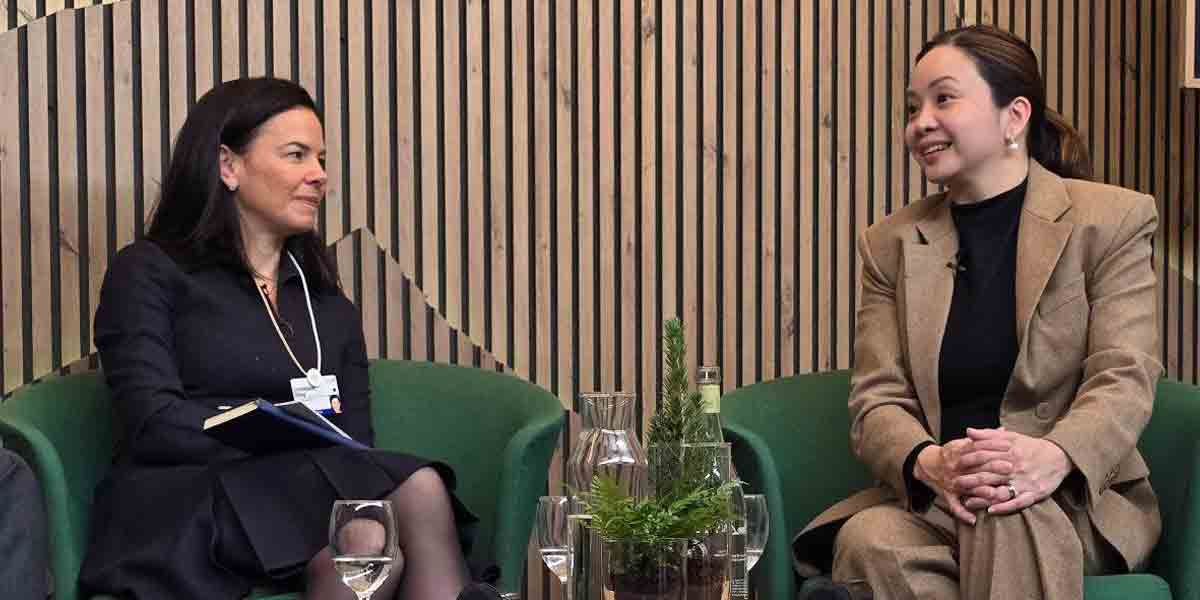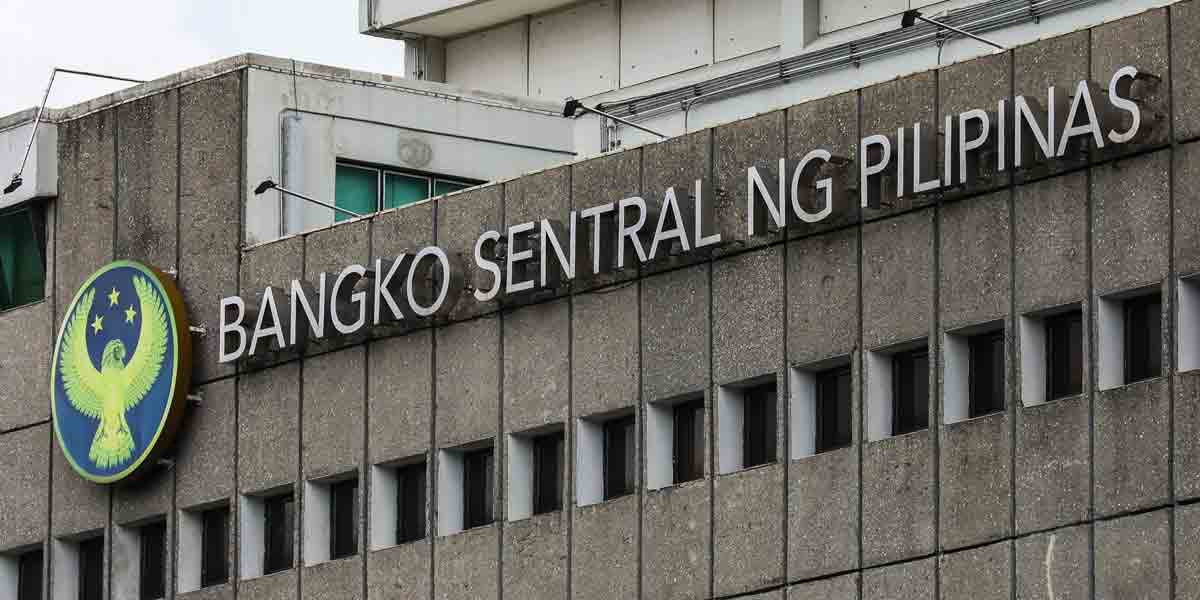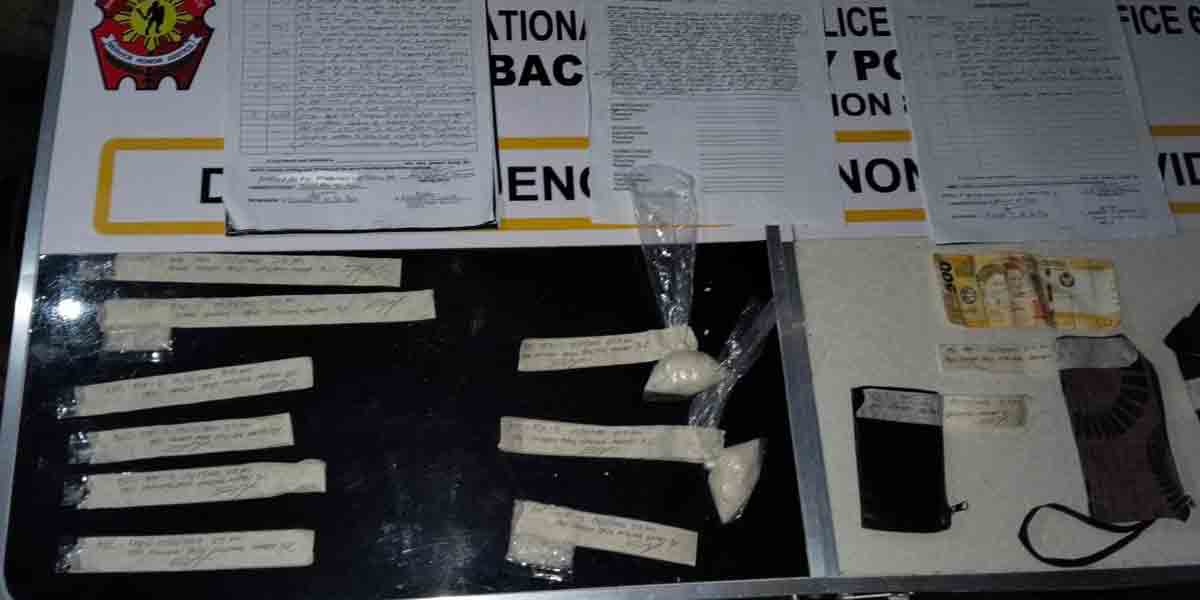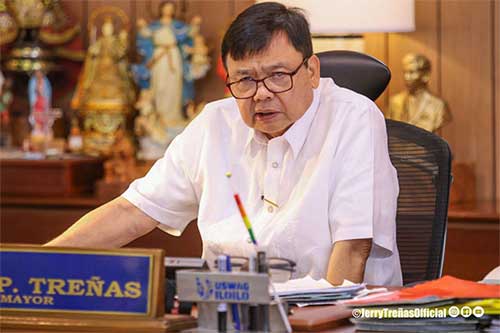By Ted Aldwin Ong
Regulatory capture or regulators captured?
Intending to lower transmission charges for power end-users, ERC ordered a cap to NGCP’s target revenue for 2020 at Php47.05 billion but the regulatory body has yet to act on the WACC of NGCP, delayed project completion, and other rates related issues.
Failure to reset NGCP WACC
For instance, the Weighted Average Cost of Capital or WACC of NGCP remained at 15.04 percent, a rate approved by ERC for the 3rd Regulatory Period (2011-2015) when it should have been lowered considering the completion of capital expenditures and operations cost of NGCP for the period. This is a cost levied to power end-users through the transmission charge.
At 15.04 percent WACC, the Philippines has the highest WACC compared to Malaysia (7.5%) or Thailand (7.2%). It appears ERC has allowed NGCP to sustain the rate charged by NGCP to its end-users for a regulatory period that has concluded allowing NGCP to rake in a whopping 66.12 percent of profits.
According to TRANSCO President Melvin Matibag, NGCP’s WACC should already be brought down to 7 percent by this time based on their study. Matibag has called the attention of ERC Chairperson Agnes VST Devanadera in 2018 regarding the delayed re-setting of NGCP’s WACC for the Fourth Regulatory Period (2016-2020). ERC only responded that the process is ongoing.
TRANSCO cited its analysis that NGCP’s updated WACC would have reduced the average P0.70/kWh transmission rate by 30 to 35 percent to about or about P0.20 to P0.25/kWh by this time.
Chill with the big players
The ERC has obviously taken a cautious stand on the NGCP issue as demonstrated by numerous orders soliciting explanation from the conglomerate regarding delays of project completion, inaction to integrate supply security mechanism like entering into contingency reserve contracts for ancillary services, and unjust pass-on of cost as a result of disruption in the transmission system.
In 2017, President Rodrigo R. Duterte signed Executive Order No. 30 (EO 30) to fast-track investments and implementation of new project proposals. It formed the Energy Investment Coordinating Council (EICC) and was given the authority to issue certifications for the Energy Project of National Significance (EPNS).
By June 2019, 29 of NGCPs transmission projects with a combined investment cost of PhP90.3 billion gained EPNS status. Listed also is the biggest undertaking of NGCP, the Visayas Mindanao Interconnection Project (VMIP) valued at PhP52 billion. The VMIP will connect the Visayas and Mindanao power system and link to Luzon looping in the three major islands of the archipelago. The project was started in 2018 and targeted for completion in December 2020. But completion was delayed due to the pandemic. The new timeline was further pushed back to December 2021 after MVIP’s Submarine Cable No.1 in between Dapitan, Zamboanga del Norte and Santander, Cebu was damaged by a vessel reportedly by the Dept. of Public Works and Highways (DPWH) doing a dredging in the area.
These disruptions in the project timeline have caused power supply deficiency and even drove power costs higher among DUs and electric cooperatives connected to the grid. In Panay Island, for instance, NGCP passed-on the charges termed as “line rental cost” to DUs and electric cooperatives as a result of a dredging incident that took place in June 2021. It took months for the ERC to act on the matter and perhaps no action was taken if the Local Government Units, business associations and consumers groups did not write ERC.
Weak to zero oversight over ERC.
Slow resolutions of cases at the ERC involving transmission issues were also observed resulting in a delay or suspension of availment of rates reduction by power end-users. One example was the NGCP petition in 2012 to acquire transmission assets of Panay Energy Development Corp. (PEDC) who was supplying power to then PECO. It snoozed at the Commission suspending the reduction of power rates for Iloilo City power end-users.
Fast forward to 2021, Razon’s MORE Electric and Power Corp’s assumption of power distribution services to Iloilo City demonstrated a smooth reconnection to the NGCP Visayas power grid with the installation of its 69-KV transmission facility. It resulted in a P3.55/kWh rate reduction.
In a related case, however, the petition filed by consumer groups to ERC demanding settling of refundable amounts to PECO as a result of its disenfranchisement and eventual takeover by MORE Power remained ignored by the Commission.
During the Senate Energy Panel inquiry, ERC Chair Agnes Devanadera was asked by Sen. Risa Hontiveros if expenses of NGCP for advertisement, public relations, entertainment and professional fees were passed on to power consumers. The Chairperson initially responded that she cannot give any opinion for she was not privy to the details of the expenses yet she offered a follow through that items that are considered not prudent and necessary expenses are examined in the determination of rates and are not allowed to become part of the rate charge.
Senator Hontiveros revealed that NGCP’s Annual Audited Financial Statements filed with the Securities and Exchange Commission (SEC) showed that from 2009 to 2020, the conglomerate spent billions of pesos on the following: representation and entertainment – P1.454 billion; advertising – P1.032 billion; public relations – P1.268 billion; and professional fees P646 million.
If the ERC Chairperson was forthright that such items could not be passed on to consumers, then why did the same charges under the PBR regime have made it through the bills of power consumers of Distribution Utilities?
Government turned a blind eye on NGCP’s blatant violations.
The severity of abuse by NGCP against power end-users in general and the government in particular stirred public interest on the power and influence that the Chinese Government played through SGCC especially encroachment on the national patrimony and sovereignty of the Philippines. But high government officials appeared to have turned a blind eye and remained cozy with NGCP despite serious issues revealed by TRANSCO.
TRANSCO highlighted that NGCP violated provisions of the concession agreement with serious implication to national security and with violation to the 1987 Philippine Constitution. The issues were as follows:
Non-compliance on required auditing protocol like maintaining separate audited accounts for each related business.
Violations of Anti-Dummy Law and the 1987 Philippine Constitution because of Chinese nationals who are officials of SGCC exercising participation in the management and operations of NGCP.
NGCP engaged in other businesses without the consent of TRANSCO and PSALM.
NGCP utilization of transmission assets for use as a telecommunications backbone uncovered by TRANSCO in 2017 consisting of a separate facility with 48 cores from the existing 24 cores embedded in the transmission grid. TRANSCO ordered the inventory, audit, and accounting of telecoms facilities embedded in the transmission grid but NGCP denied TRANSCO inspectors access to the facility.
CONCLUSION
In 2008, the power campaigns team of the Freedom from Debt Coalition (FDC) took the first courageous step to issue an appeal to the national government by opposing the privatization of TRANSCO and the granting of a national franchise to the NGCP through a paper, entitled: “Transco: The Filipino’s Last Line of Defense Against Privatization,” by Matthew James Miraflor and Job Bordamonte.
The issues raised by the paper were not taken from a fortune teller who gleaned the future impact of privatizing the transmission sector from the crystal ball, rather it was grounded on the position of protecting public interest by underscoring that “electricity is a critical element of national development” and it must not be delegated to powerful groups in the private sector.
The paper evoked that privatizing TRANSCO is wrong because it will result in losses to the government, exacerbate consumer woes, labor issues, questionable auction, and more importantly, national security concern considering that the country’s power backbone can serve as a broadband infrastructure at the same time. Senator Sherwin Gatchalian, chair of the Senate Energy Panel, opened the inquiry session for the two-day power outages in Luzon with losses estimated at P116 million and which affected around 705,000 consumers in the Meralco franchise alone. But this is not the only loss that the government must take into account 20 years after EPIRA.
The privatization of TRANSCO has not maximized present value for the Government. Instead it has placed in private hands the golden opportunity of earning billions of profits from a risk free business whose regulation is more symbolic than real. It has also surrendered a priceless asset of a national broadband network—the only one in the country—and has given a private entity with Chinese government equity to earn far more from broadband than from transmission. Broadband should serve as a developmental asset for the equitable spread of knowledge and information especially in hard to reach areas. No such thing under the present setup.
Government was at a losing end from the start – debt-induced power industry restructuring charged to taxpayers and cost of post-EPIRA implementation borne by power consumers. Yet the government continues to lean backwards and provide business a golden ticket—lock stock and barrel.
The paper is part of the project of the Center for Power Issues and Initiatives (CPII), entitled: “Saan Umabot ang Bente Mo: EPIRA 20 Years After,” with inputs and editing by Maitet Diokno Pascual, executive director, CPII.

























